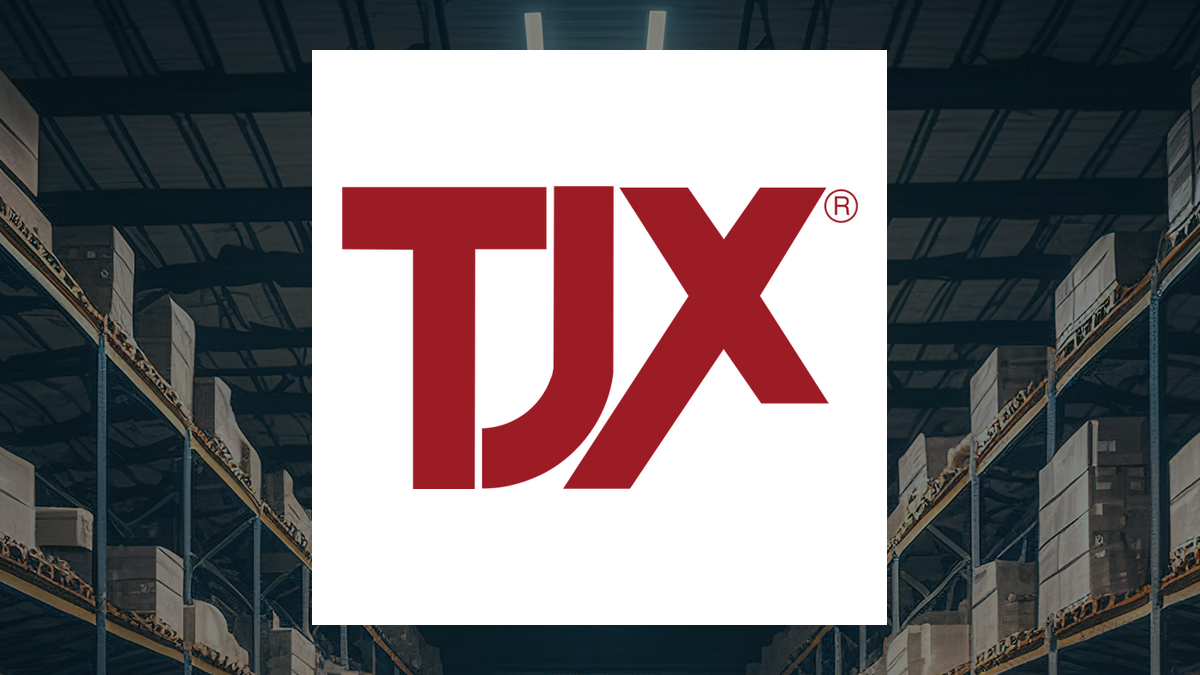 The company’s financial growth is steady, with increased revenue in Fiscal 2024. Management is focusing on expanding into new markets and enhancing digital marketing, while addressing risks like cybersecurity threats. Key performance indicators fluctuate due to various factors, with plans for geographical and product line expansions. External risks include regulatory volatility and pandemics. Corporate governance emphasizes diversity and sustainability efforts. Forward guidance highlights strategic initiatives and potential investments for long-term growth and competitiveness.
The company’s financial growth is steady, with increased revenue in Fiscal 2024. Management is focusing on expanding into new markets and enhancing digital marketing, while addressing risks like cybersecurity threats. Key performance indicators fluctuate due to various factors, with plans for geographical and product line expansions. External risks include regulatory volatility and pandemics. Corporate governance emphasizes diversity and sustainability efforts. Forward guidance highlights strategic initiatives and potential investments for long-term growth and competitiveness.
Executive Summary
Financials
Revenue growth has been consistent over the past three years, with a slight increase in Fiscal 2024 compared to Fiscal 2023. This growth can be attributed to stable customer transactions, average ticket prices, and average basket values. Operating expenses have increased due to higher incentive and share-based compensation costs, as well as a contribution to TJX ‘s U.S. charitable foundation. There are no significant changes in cost structures. The company’s net income margin is $4,474 for the current period, $3,498 for the previous period, and $3,283 for the one before that. It has improved over time, but the comparison to industry peers is not provided in the context information.
Management Discussion and Analysis
Management has undertaken initiatives to expand into new markets, calibrate product lines, and enhance digital marketing. The success of these strategies remains uncertain due to potential challenges in managing growth effectively. Management assesses our competitive position by reacting to market trends and quickly sourcing desirable merchandise. They highlight challenges such as global supply chain disruptions and the impact of events like the COVID-19 pandemic on inventory management. The major risks identified by management include tax audits and examinations, as well as cybersecurity threats. Mitigation strategies include assessing likely outcomes, integrating cybersecurity risk into broader risk management, and incorporating third-party assessments.
Key Performance Indicators (KPIs)
Risk Assessment
External factors posing risks to the company include volatility in regulation, geopolitical instability, pandemics like COVID-19, and severe weather events. These factors can impact consumer confidence, disrupt supply chains, and affect financial stability. TJX assesses cybersecurity risks through various strategies like threat emulation and penetration testing. They manage risks via encryption, security awareness, incident response, and oversight by the Board of Directors. The global regulatory environment poses challenges that require ongoing investment in technologies and controls. Yes, the company faces potential legal proceedings, regulatory reviews, and other legal matters that could impact its financial position and reputation. Management assesses contingent liabilities and legal risks with the assistance of legal counsel to determine potential outcomes and establish reserves.
Corporate Governance and Sustainability
The composition of the board of directors includes an Executive Chairman, CEO, and other senior executives. There are Codes of Ethics for Executives and Directors to ensure integrity. No notable changes in leadership or independence were mentioned. TJX focuses on fostering an inclusive culture, implementing recruitment strategies, and creating Associate Resource Groups to support diversity. It also acknowledges the importance of board diversity in governance practices. TJX focuses on environmental sustainability, workplace, communities, and responsible sourcing in its corporate responsibility efforts. It discloses ESG practices related to climate change, human capital management, and supply chain management, demonstrating a commitment to responsible business practices.
Forward Guidance
The company’s forward-looking guidance addresses its strategic initiatives and priorities by highlighting potential risks and uncertainties that could impact the execution of its business model, availability of merchandise, and overall financial performance. TJX is factoring in consumer trends and preferences in various markets and channels. It plans to capitalize on these trends by identifying them on an ongoing basis and offering inventory and shopping experiences that meet customer expectations. The company’s forward-looking guidance mentions potential investments in mergers, acquisitions, or business investments, indicating a commitment to long-term growth and competitiveness.
For more information:
This article was created using artificial intelligence technology from Klickanalytics.
